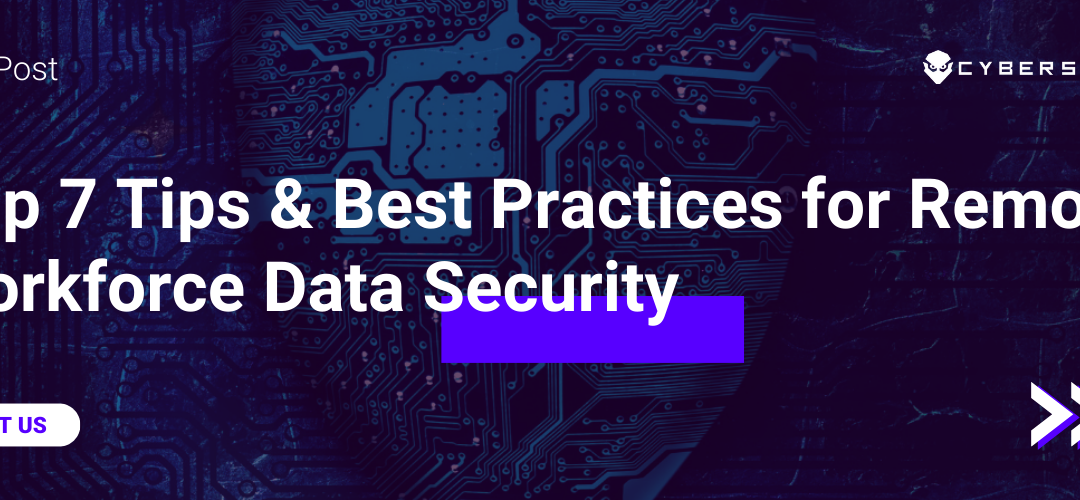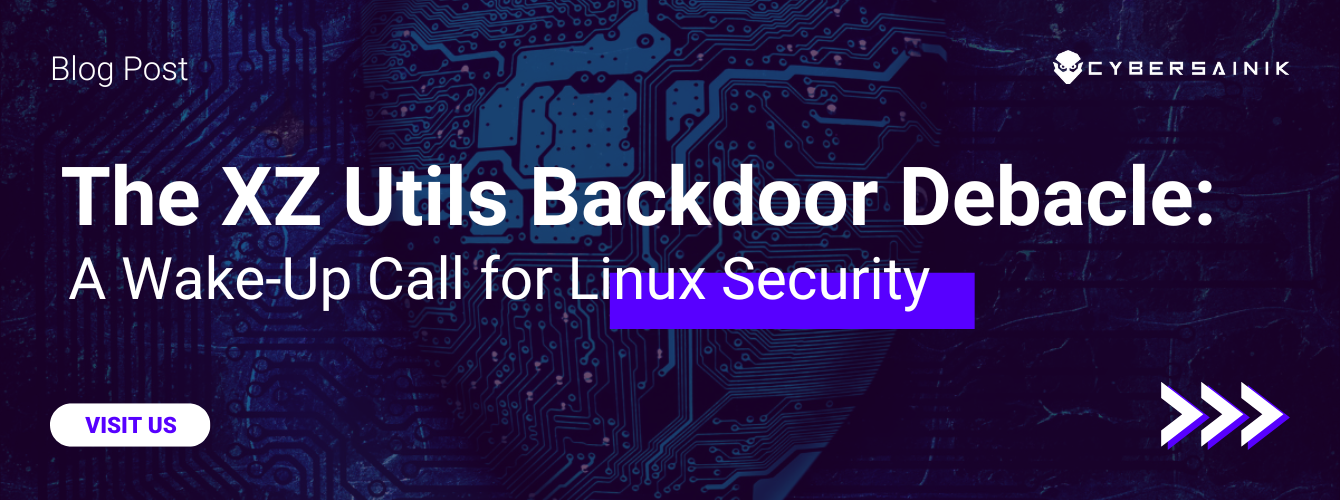The COVID-19 pandemic has not only caused anxiety to everyday people, as worry about personal health and the health of our loved ones cloud our thoughts. However it has also caused increasing headaches for chief information security officers and IT professionals who now have to consider the additional data security threats and challenges involved in moving to a remote workforce.
In a physical office, networks are protected by firewalls and other security applications, but remote workers working on personal mobile devices and connecting to unsecured Wi-Fi connections are highly susceptible to data security breaches.
As of November 2020, there are 113.10 million new malware strains poised to take advantage of vulnerable networks and unsuspecting employees. Here are the top 7 tips and best practices to help you stay abreast of potential remote workforce data security threats.
Data Security Best Practices:
1. Multi-Factor Authentication
- Multi-factor authentication(MFA) is a means of proving identity-based on two or more authentication factors.
- It provides a higher level of security than single-factor authentication (SFA) by requiring an additional factor such as a security code or token in addition to a username and password.
- The second factor is sent to a cell phone in the employee’s possession, an email address they have access to or a physical hardware token.
- A hacker would need to have access to both factors to “prove” identity. Even if one factor becomes known, the user’s account remains secure.
- Two-factor authentication should be enforced wherever a remote employee needs to access sensitive data.
2. Data Usage Monitoring
- Data usage monitoring is an important part of your cybersecurity strategy.
- An effective data usage monitoring strategy involves the use of usage monitoring software and a data usage policy.
- Data usage monitoring software helps you to monitor the way remote employees are using or transferring data and ensures users don’t access websites or apps that could compromise the company’s network.
- It mitigates the risk of confidential information being exposed and helps with the investigation of security breaches that do occur.
- A comprehensive data usage policy should ensure that employees are aware of the responsibilities that apply to the use of company data.
- It should clearly state the rules for device and information use and expectations when accessing system data.
- Employees are less likely to attempt to steal data or use the internet in inappropriate ways when they are aware that they are being monitored.
3. Cloud Storage
- Cloud storage is a data management solution that allows a business to save company data in a secure cloud environment and access it at any time from anywhere.
- Using cloud storage management software, a CIO can manage data security and restrict data access based on authorization levels.
- Cloud storage presents its security challenge because of the potential misuse of personal cloud services like Google Drive and OneDrive which are associated with a user’s email account.
- This can lead to data breaches or vulnerabilities that the company may not be immediately aware of.
- As a best practice, your remote data usage policy should stipulate that remote employees store company data and documents only in the company’s cloud storage system rather than on their physical mobile devices or personal cloud storage.
4. Endpoint Security
- Cybercriminals see the move to a remote workforce as an opportunity to create new threats to target mobile devices and take advantage of vulnerabilities caused by remote workers to infiltrate company networks.
- Endpoint security refers to cybersecurity services that protect end-user devices, including mobile devices, from cyberattacks.
- Security services may include web and email filtering, antivirus software, and firewall services.
- Endpoint security is especially important in a “bring your own device” (BYOD) environment where employees have access to company networks using personal mobile devices.
5. Implement Advanced Threat Detection and Response Capabilities
- Advanced malware or advanced persistent threats (APT) is malware specifically created with advanced capabilities to infect, control, and infiltrate computer devices.
- This type of malware is usually engineered for persistent long-term attacks and is capable of evading detection by traditional security solutions such as firewalls, antivirus, or intrusion prevention systems.
- Ransomware, a form of malware that encrypts files on a device and holds it hostage until a ransom is paid, is one example of an advanced persistent threat.
- Advanced threat detection is a set of practices and tools used to detect these types of attacks.
- Response capabilities include sandboxing, to contain programs and any malware found in separate virtual environments, behavioral analysis using machine learning and artificial intelligence as well as automated monitoring to find and respond to attacks in real-time.
- When managing a remote workforce, it is of vital importance to isolate threats and contain infections before they spread to the entire network.
6. Establish Aggressive Vulnerability Management
Aggressive Vulnerability Management is an ongoing process that seeks to continually identify vulnerabilities in operating systems, enterprise applications, browsers, and end-user applications that can be remedied by patching and applying appropriate security settings.
The process involves five phases:
- Discovery: Identifying and organize assets in the company environment
- Assess: accurately access the computing environment to understand the vulnerabilities of all identified assets.
- Prioritize: prioritize identified vulnerabilities based on criticality and threat severity
- Remediate: apply appropriate solutions and implement preventative measures.
- Measure: confirm that threats have been eliminated with continuous analysis and reporting.
7. Establish 24×7 Monitoring
- Remote employees aren’t restricted to regular working hours and data security breaches can occur at any time.
- Around-the-clock security monitoring is a critical element of an effective cybersecurity strategy.
- Without a 24/7 monitoring system in place, your network system could be left vulnerable for hours, if a serious security breach occurs.
- It is important that all components of your company’s network, including mobile devices, are constantly monitored for threats.
- 24×7 monitoring ensures that all cybersecurity threats are quickly found, identified, and resolved. Critical network problems are discovered and addressed before they can cause harm.
At Cyber Sainik, we can help you handle your remote workforce data security needs. With our Security as a Service (SECaaS) solutions we can provide the tools and applications you need to secure your company’s data, networks, and endpoint devices. Our cybersecurity experts are ready to work with you to provide remote data security solutions tailored to your company’s needs.




